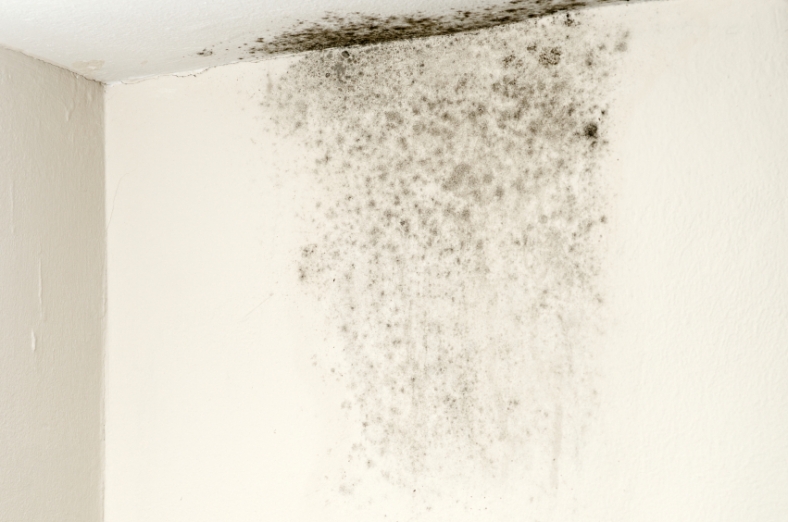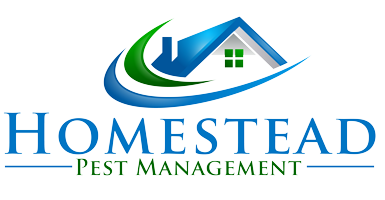Banish Moldy Oldies in your Home this Fall with HPM

Crawling insectoid pests are not the only things that you need to protect your home from – mold and mildew from excess moisture in, under, or around your home can be a costly problem that can cause damage to your home and bring illness to your family.
According to Energy.gov:
“Properly controlling moisture in your home will improve the effectiveness of your air sealing and insulation efforts, and these efforts in turn will help control moisture. The best strategies for controlling moisture in your home depend on your climate and how your home is constructed. Proper ventilation should also be part of a moisture control strategy.
Before you decide on a moisture control strategy, it helps to understand that moisture or water vapor moves in and out of a home in three ways:
- With air currents
- By diffusion through materials
- By heat transfer.
Of these three, air movement accounts for more than 98% of all water vapor movement in building cavities. Air naturally moves from high-pressure areas to lower pressure areas by the easiest path available — generally through any available hole or crack in the building envelope. Moisture transfer by air currents happens quickly, and carefully and permanently air sealing any unintended paths for air movement in and out of the house is a very effective moisture control strategy.
The other two driving forces — diffusion through materials and heat transfer — are much slower processes. Most common building materials slow moisture diffusion to a large degree, although they never stop it completely. Insulation also helps reduce heat transfer or flow.
The laws of physics govern how moist air reacts in various temperature conditions. The temperature and moisture concentration at which water vapor begins to condense is called the “dew point.” Relative humidity (RH) refers to the amount of moisture contained in a quantity of air compared to the maximum amount of moisture the air could hold at the same temperature. The ability of air to hold water vapor increases as it warms and decreases as it cools. Once air has reached its dew point, the moisture that the air can no longer hold condenses on the first cold surface it encounters. If this surface is within an exterior wall cavity, the result is wet insulation and framing.
In addition to air movement, you also can control temperature and moisture content. Insulation reduces heat transfer or flow, so it also moderates the effect of temperature across the building envelope cavity. In most U.S. climates, properly installed vapor diffusion retarders can be used to reduce the amount of moisture transfer. Except in deliberately ventilated spaces such as attics, insulation and vapor diffusion retarders work together to reduce the opportunity for condensation in a house’s ceilings, walls, and floors.”
Homestead Pest Management of West TN has always offered vents, drains and plastic barriers as options for moisture prevention underneath your house to keep mold or fungus from developing. Contact Homestead Pest Management today to have a free underneath home inspection and get informed about all the moisture protection options applicable to your home. We are your West TN pest control experts, and we are here to help with all your pest control needs!
